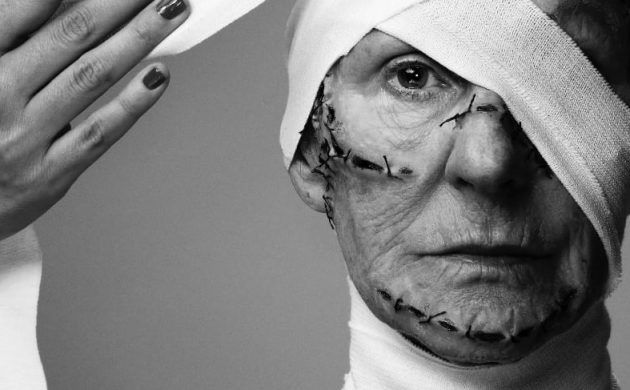Most novelists who cite dreams as their inspiration tend to call them ‘nightmares’ – but not Stephen King. In fact, the ‘dream’ that inspired his novel ‘Misery’ was even more horrific – the mad woman kills the novelist and uses his skin to bind a book.
King did not randomly have a ‘dream’ about a female fan killing her favourite novelist – the thought had probably crossed his mind a few times at book signings. It was firmly in his subconscious.
So while Mary Shelley was happy to attribute ‘Frankenstein’ to a nightmare she had after an evening staying up late at Lord Byron’s Swiss pad telling ghost stories, the truth is the story owes its true roots to the unconscious feelings of hurt in her marriage to Percy.
Genders switched
Because at its heart, Frankenstein is a tragedy: the creation of a monster, who didn’t ask to be born, who is shunned by society and forced to live in the shadows.
And in Why Not Theatre Company’s new version by its Reumert Award-winning playwright Tanya Mastilo, the monster is reimagined as the ultimate pariah of modern times: an old woman.
Artistic director Sue Hansen Styles plays the monster, with Jessica O’Hara-Baker onboard as the doctor and Why Not Theatre regular Nathan Meister completing the cast as the eye candy – in case you hadn’t figured it out, all the genders are switched.
Future dystopian society
In Mastilo’s version, Frankenstein’s Monster is born in a future dystopian society in which complete physical perfection is the dictated norm
“Our society is increasingly obsessed with wrinkles and how best to eradicate them. Women, especially, are under constant pressure to retain their youthful looks for as long as possible,” explains Hansen Styles.
“At the same time, billionaires like Mark Zuckerberg and Jeff Bezos are falling over each other to invest in projects that develop new technologies to rejuvenate cells and ultimately reverse the aging process. Will we become an entire population of flawless individuals living in a world with a new class division of the ageing and the non-ageing?”














